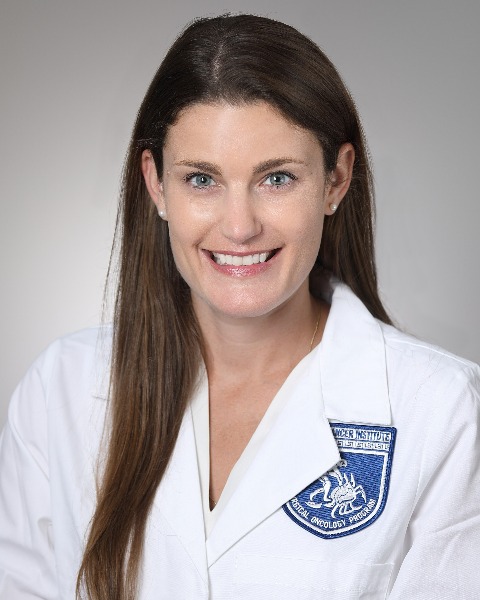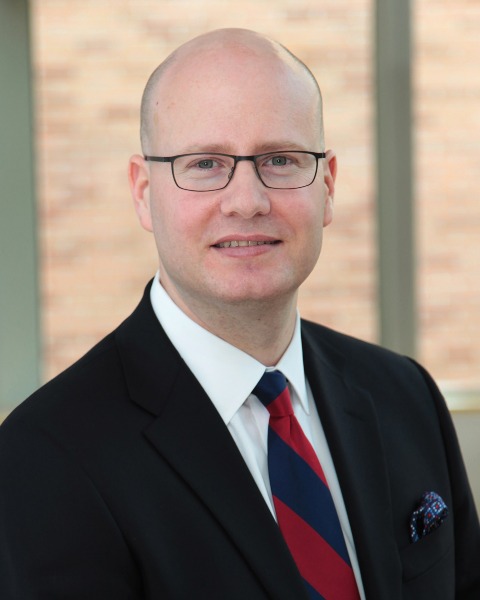Upper GI
88: Spatially resolved transcriptomic analysis of hereditary diffuse gastric cancer reveals a unique phenotype of early-stage signet ring cell cancers

Amber F. Gallanis, MD
Surgical Oncology Research Fellow
National Cancer Institute
Bethesda, Maryland, United States
Amber F. Gallanis, MD
Surgical Oncology Research Fellow
National Cancer Institute
Bethesda, Maryland, United States
Amber F. Gallanis, MD
Surgical Oncology Research Fellow
National Cancer Institute
Bethesda, Maryland, United States- LG
Lauren A. Gamble, MD
Surgical Oncology Research Fellow
National Cancer Institute, United States - SS
Sarah Samaranayake, MS
Post-baccalaureate researcher
National Cancer Institute, United States - CB
Cassidy R. Bowden, n/a
Post-baccalaureate researcher
National Cancer Institute, United States - CO
Cihan Oguz, PhD
Bioinformatics Scientist
Integrated Data Sciences Section, National Institute of Allergy and Infectious Diseases, United States - JL
Justin Lack, PhD
Bioinformatics Scientist
Integrated Data Sciences Section, National Institute of Allergy and Infectious Diseases, United States - TH
Theo Heller, MD
Professor
National Institute of Diabetes and Digestive and Kidney Diseases, United States - AB
Andrew M. Blakely, MD
Principal Investigator
National Cancer Institute, United States 
Jonathan M. Hernandez, MD
Investigator
Surgical Oncology Program, National Cancer Institute
Bethesda, Maryland, United States
Jeremy L. Davis, MD, FACS (he/him/his)
Principal Investigator
National Cancer Institute
Bethesda, Maryland, United States
Abstract Presenter(s)
Submitter(s)
Author(s)
Germline loss-of-function mutations in CDH1 are causally linked to hereditary diffuse gastric cancer (HDGC). Occult early-stage (Stage IA) signet ring cell carcinoma (SRCC) is observed in a majority of CDH1 pathogenic variant carriers. The molecular mechanisms by which these cancers progress to advanced diffuse gastric cancer remains unknown. We analyzed early SRCC and advanced HDGC to better understand gastric carcinogenesis driven by CDH1 mutations.
Methods:
Digital spatial profiling of early and advanced HDGC using the GeoMx NanoString platform was performed using total gastrectomy specimens from patients with SRCC (T1aN0) and advanced (T2N0, T3N0, T4N3) HDGC. Regions of interest for spatial analysis included carcinoma cells with digital subtraction of leukocytes, fibroblasts, and myocyte fractions. Gene set enrichment analysis (GSEA) and leading edge analysis (LEA) were performed using the Reactome database. TruSight next-generation sequencing was performed on cancer specimens. Co-detection by indexing (CODEX) multiplex immunofluorescence imaging was utilized to assess protein expression.
Results:
Whole transcriptome analyses demonstrated group-specific clustering of early-stage SRCC and advanced HDGC with minimal inter-patient variation. A total of 3.9% (454/11,681) of gene transcripts were differentially expressed between early (T1a) SRCC and late-stage (T2-T4) HDGC, of which 79 genes were upregulated in advanced HDGC (p< 0.05). Adherens junction complex genes CDH1 (p< 0.001), CTNNA1 (p=0.005), and CCND1 (p=0.02) were upregulated in advanced HDGC relative to early SRCC. CODEX imaging showed paradoxical re-expression of E-cadherin protein in advanced HDGC compared to absent expression in early SRCC. Compared to SRCC, known oncogenic drivers MYC (p< 0.001) and MET (p=0.01) were upregulated in advanced HDGC lesions. Somatic DNA sequencing demonstrated pathogenic alterations in TP53 in 75% (3/4) and ERBB3 in 25% (1/4) of advanced HDGC, which were not detected in early SRCC. GSEA and LEA identified 241 gene sets related to cell cycle, proliferation and replication were significantly enriched in advanced HDGC compared to SRCC (p< 0.05, FDR< 0.25).
Conclusions:
Multi-omics analysis demonstrates the distinct genomic and transcriptomic patterns across phenotypes of occult, early-stage (T1a) gastric signet ring cell carcinoma versus advanced stage (≥T2) HDGC. These data support the hypothesis that SRCC is a precancerous lesion in HDGC, in part because SRCC lacks genomic and transcriptomic hallmarks of advanced HDGC.
Learning Objectives:
- Upon completion, participants will be able to describe transcriptional differences between early and advanced hereditary diffuse gastric cancer.
- Upon completion, participants will be able to describe the oncogenic drivers of advanced HDGC.
- Upon completion, participants will be able to list multiple experimental modalities used to evaluate gastric cancer carcinogenesis.
